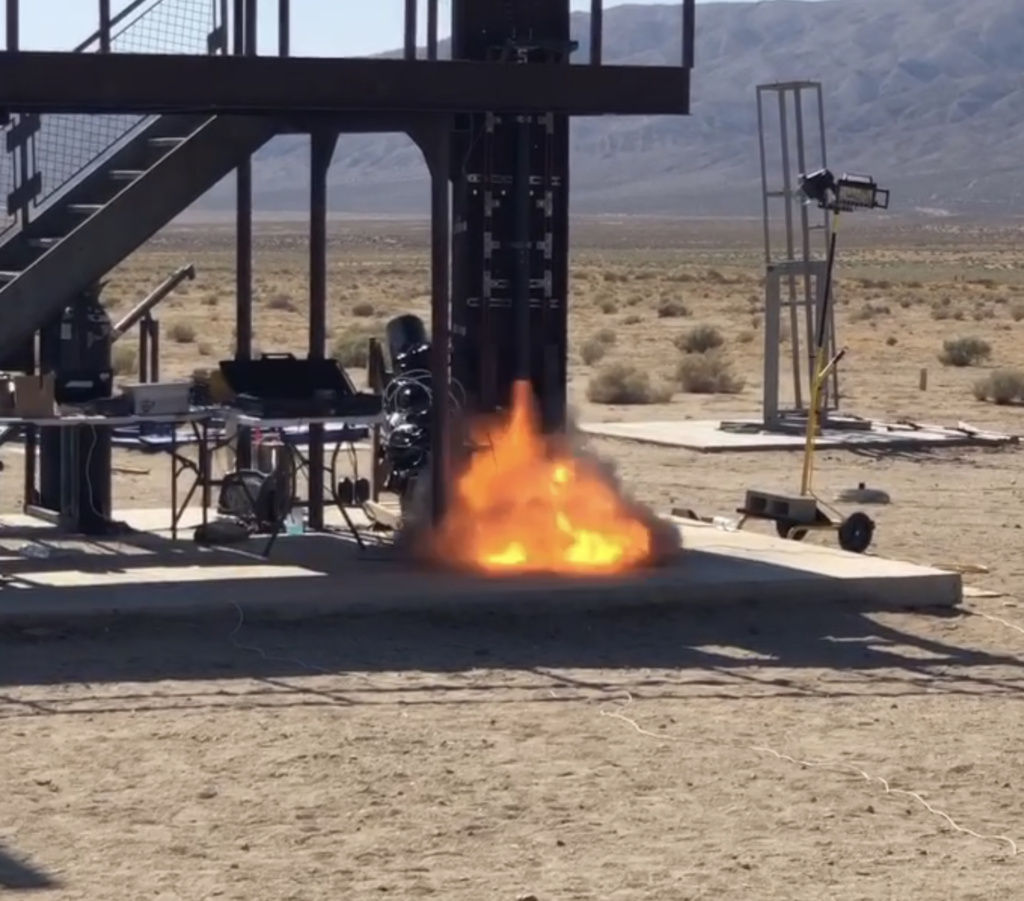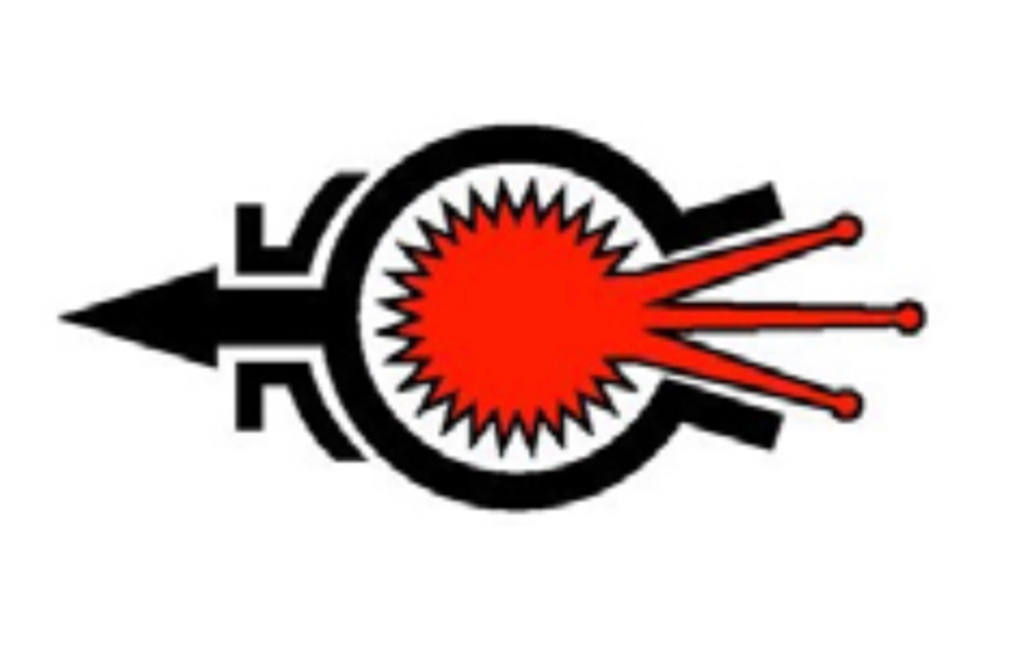by Dave Nordling, President, RRS.ORG
The RRS met at the Mojave Test Area for a work event on the 60-foot launch rail project. While we were there, we had a launch or two thanks to Bill Inman and Keith Yoerg. The pyrotechnic operator in charge for that day was Keith Yoerg.

Bill brought one of his older rocket bodies. Unfortunately he had a mishandling error on the pad which broke one of his fins requiring repair. His mission was to test the avionics package that he will use in flight on the Solar Cat. Keith launched some smaller Estes model rockets to show one of our youngest potential members the basics of rocketry.
The work event benefited from having Osvaldo Tarditti, Joe Dominguez and Dimitri Timohovich moving the donated ham radio tower to the 40-foot flatbed next to Bldg. 11 for inspection. The goal was to fully extend the tower and examine its condition to see what modifications are necessary to use it in our 60-foot launch rail design.
Our thanks goes to member, Waldo Stakes, for finding and donating this old galvanized steel ham radio tower which can be reinforced, modified and slightly lengthened to create the stiff backbone for the launch rail guide. The tower was designed to be extensible, but the society will fully extend and fuse it at its full length. Several areas of repair were identified but with a little persistence and forcible persuasion, the structure was extended in preparation for the next event when our welder will start the initial work at the next work event in 2 weeks.

Our director of research, Rushd Julfiker, was selected as the project manager for this major infrastructure item that should allow university teams to launch from the RRS Mojave Test Area. With the basic requirements set at the first meeting, the sketches produced will be converted to CAD drawing files with Rushd’s assistance. Initial material procurement will begin as the backbone frame has been found to be acceptable for use in the design.

The loads are being carefully calculated along with sizing the dual-acting hydraulic ram system for raising and lowering. Waldo Stakes also found a pair of 3-inch cylinders and an electric hydraulic pump in surplus and donated them to the society. Their specifications are being assessed if they can be used which would save some costs.


In the days following the event, we put in wooden privacy panels in the windows of Bldg’s 14 and 15 both for security and improved insulation. The society will soon be discussing how to minimally furnish the interiors for functional needs only including some storage of our consumables. No pyrotechnics will be stored in these containers. Both Bldg 14 and 15 have air conditioners and insulation but still require connections to power. In the short term, each can be powered by our portable gasoline generator. In the near term, once fully funded the society will power both assets from a larger diesel generator we recently acquired.


Dimitri spoke about finding another 40-foot container which could be used for an on-site workshop at the RRS MTA (potentially new Bldg. 16). The council will have to consider this addition at the next meeting.
Lastly, Dimitri installed a solar powered light just above one of the restroom doors which will help our overnight guests find their way to sanitary relief on a moonless night.

Our launch pad pour was delayed to December 9th due to concrete availability. We’re making it thicker than most anticipating the greater loads of the launch rail structure. Our next work event at the MTA will coincide with the pad pour where we will continue the 60-foot launch rail work starting with the launch rail backbone. Materials will be procured in advance of the next meeting.
Also, our last monthly meeting of the year will be the day before, December 8th, 7:30pm, where election results for next year’s executive council will be announced. Also, it was declared that the December meeting will be our much anticipated pizza party funded by the accumulated funds from the RRS Amazon Smile account, now discontinued. Please arrive early at the front office of the Compton/Woodley Airport.






























